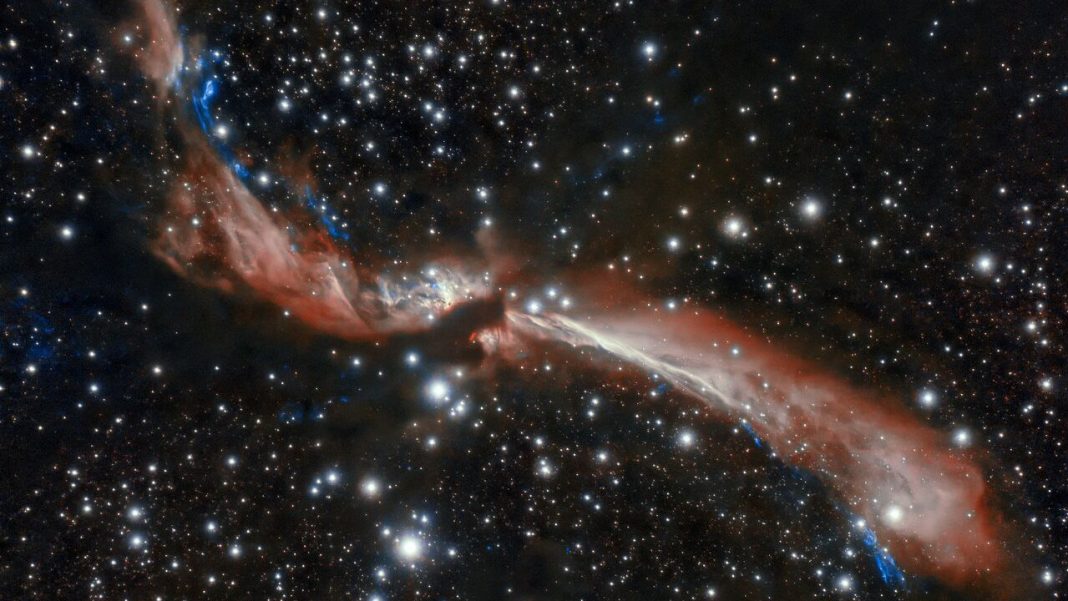S-shaped stellar jets have been portrayed in stunning new images from NOIRLab’s Gemini Observatory. The star-forming regions are traversed by the newly formed structures of young, rotating stars, interacting with disks of gas.
This type of formation isn’t exactly rare — it’s actually quite common, but the new images provide very accurate data and more useful information. It’s still unclear about the mechanisms behind the jets, but scientists have a good explanation.
When a star forms in a cloud of gas, its gravity and rotation cause the remaining gas around it to form into an orbiting disk, called a protoplanetary diskthis is where planets form next.
Want to stay on top of the best tech news of the day? Access and subscribe to our new youtube channel, Kenyannews News. Every day a summary of the main news from the tech world for you!
But before a star system emerges, the magnetic fields of these rotating stars interact with disks of gas, forming torrents of ionized gas in opposite directions. The sinuous shapes of the jets appear to be a result of the gravitational pull of companion stars.
NOIRLab released images of two stars with their jets, one of them in impressive detail: MHO 2147, located about 10,000 light-years from Earth, has a very sharp wavy appearance and is rich in properties. One is the blue band, which represents clouds of hydrogen excited by the collision between surrounding material and material ejected by individual stars.
The shape of MHO 2147 occurs because the jet’s direction has changed over time, according to NOIRLab, tracing a curve on either side of the star. The jet shift may be due to the gravitational influence of nearby stars acting on the central star. The star is in a region near the border between the constellations of Sagittarius and Ophiuchus.
The other formation, called MHO 1502, is in an area of star formation known as the HII region, quite different from the previous one. Astronomers suspect that the jet is formed by two central stars. In addition, there is a chain of nodes, that is, the jet is choppy, probably because the stars emit material at certain intervals.
On the other hand, MHO 2147 has a central star called IRAS 17527-2439, which possibly belongs to a triple system of stars separated by more than 300 billion kilometers.
